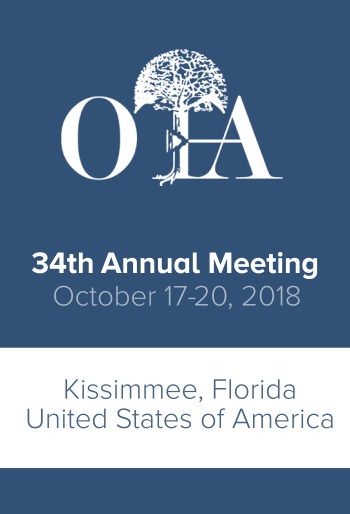
OTA2018: Improved pain and reduced reoperation rate with TSA vs. HA for proximal humerus fractures

OTA2018: Improved pain and reduced reoperation rate with TSA vs. HA for proximal humerus fractures
Reverse Total Shoulder Arthroplasty Improves Pain and Outcomes With Reduced Reoperations Compared to Hemiarthroplasty for Acute Geriatric Proximal Humerus Fractures: A Meta-Analysis
CONFERENCE ACE REPORTS
This ACE Report is a summary of a conference presentation or abstract. The information provided has limited the ability to provide an accurate assessment of the risk of bias or the overall quality. Please interpret the results with caution as trials may be in progress and select results may have been presented.
Synopsis
15 comparative studies were included in a meta-analysis to compare outcomes following treatment of acute, geriatric proximal humerus fractures between reverse shoulder arthroplasty and hemiarthroplasty. Only studies which completed a minimum of 6-month follow-up were included. Pooled analyses demonstrated significantly favourable results for RSA compared to HA for the outcomes of pain, clinical sc...
To view the full content, login to your account,
or start your 30-day FREE Trial today.
FREE TRIAL
LOGIN
Forgot Password?
Explore some of our unlocked ACE Reports below!

Learn about our AI Driven
High Impact Search Feature
Our AI driven High Impact metric calculates the impact an article will have by considering both the publishing journal and the content of the article itself. Built using the latest advances in natural language processing, OE High Impact predicts an article’s future number of citations better than impact factor alone.
Continue



 LOGIN
LOGIN

Join the Conversation
Please Login or Join to leave comments.